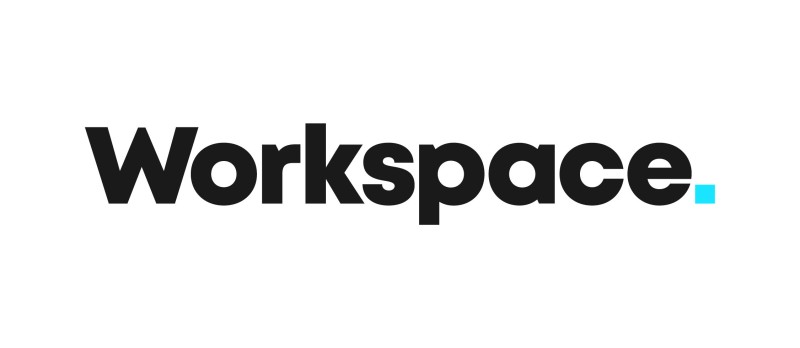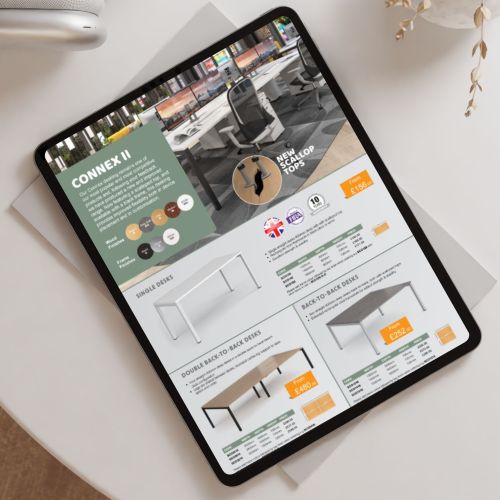There’s a lot more to a successful office layout than meets the eye. With thoughtful design considerations, modern office layouts can help create dynamic and adaptable work environments, encouraging collaboration, innovation, and productivity among teams while enabling a business to evolve and thrive.
Here, we outline the elements that make up a positive office layout for both colleagues and the company, and how to create spaces that nurture flexibility, creativity, and productivity for long-lasting benefits.

Let there be (natural) light
First of all, go back to basics. If employees are in spaces which lack natural lighting, they may become tired and unable to focus, leading to a decline in productivity. Placing office desks closer to windows or having a naturally well-lit room can lower stress levels and boost dopamine production. If there’s minimal sunshine streaming from the outside, be sure to make your own with a combination of artificial lighting. Having plants around the office can also do wonders for an employee's mood and performance.
Create an open environment…
Gone are the days of slumping over in a dark cube, alone. Open offices have grown in popularity in recent years, and for good reason. A breezy, barrier-free workspace can promote a sense of unity among colleagues, encouraging communication and fostering a sense of camaraderie. However, balancing this openness with the need for focus is important. Desktop screens are a helpful solution to this, partitioning each employee’s personal space to minimise noise and distractions.

…But make space for quiet and private meetings
Every open office needs sectioned or closed spaces for different purposes. Whether this looks like a quiet pod to take time out or carry out work in silence, or a meeting room for interviews and calls, understanding a workplace’s schedules and employee’s needs is important in designating these areas.
Build breakout zones
Never underestimate the power of a good breakout area. This is a space where employees can relax, collaborate informally, or take a break from their usual work. To create the area, first identify a suitable spot within the open plan layout away from footfall and business. Will this be a chill space, or a meeting booth? Perhaps it’s a mix. Use floor-standing screens or even a big bookcase to separate the area from the main workspace without completely isolating it, then choose a versatile mix of soft seating to provide a distinct creative and relaxed zone. Don’t forget the coffee table - a breakout is the perfect place for a brew.

Prioritise ergonomics and comfort
The aim of a modern office layout is not only to ensure that employees are happy and productive, but also that they’re safe. This can be achieved by designing each individual’s space to accommodate changing ergonomic needs, with adaptable furniture that supports the body in a neutral position. No bent necks or extended arms, no bent arms, and definitely no snake–like spines. Each workstation can be made more ergonomic with posture seating that has plenty of back support and height-adjustable desks, and room to stretch out.
Ultimately, the way a workspace is shaped depends on the people using it. But understanding the science behind office layouts can help ensure its design aligns with a company’s culture, goals, and needs. Getting the layout right can be the difference between an under-performing, unhappy office and a healthy, thriving team - so it’s not something that should be thrown together on instinct.

